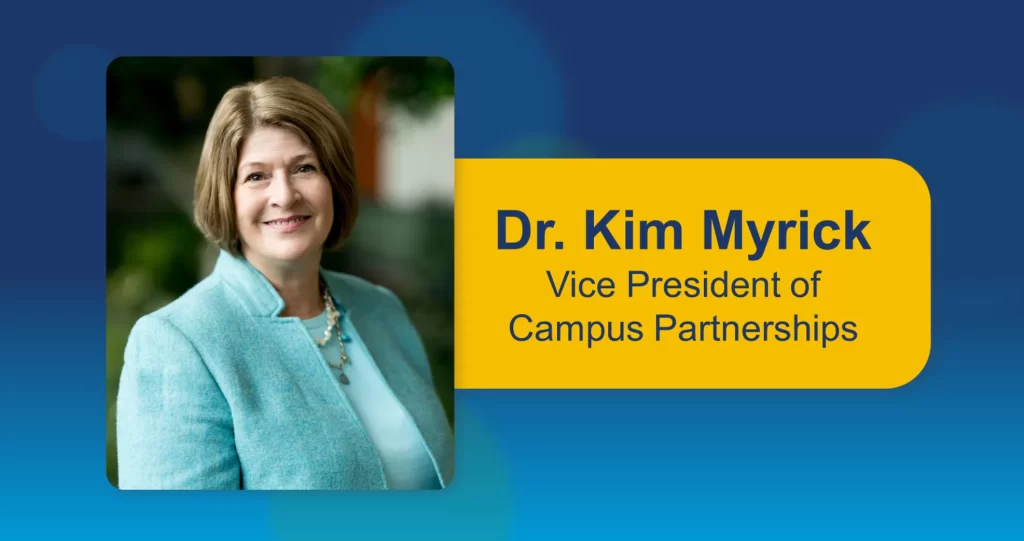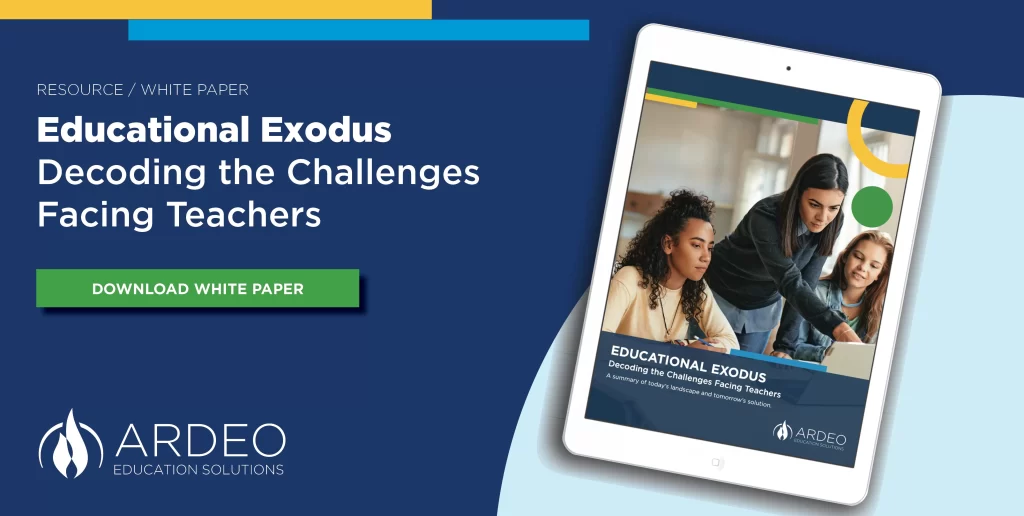Ardeo News
There is no question in the minds of students across the country: college is expensive.
It makes them hesitate to enroll at their dream school. It pushes them to sacrifice a major they are passionate about for one that may or may not have more earning potential.
In response, many colleges are focusing on strategies to reduce sticker shock, such as resetting tuition or offering deeper discounts, but those are often not sustainable solutions. As Manhattan Institute’s Beth Akers observes in a recent paper, “Should College Come with a Money-Back Guarantee?” mitigating risk is a good idea.
“The solution to this problem of risk is not to make college less expensive, as tempting as that might be,” Akers writes in the paper. “Prices are high partly because the service that colleges provide is valuable. The recent scandal of parents paying exorbitant sums to get their children into elite colleges suggests that the ‘market’ price may even exceed the published price tag by a wide margin.”
Despite advantages degree-holders enjoy over their lifetime, institutions continue to lose students due to the fear of student loans.
Just over 80% of admissions directors believe their institution is losing potential applicants due to concerns about accumulating student loan debt, according to a 2019 Inside Higher Ed survey. To assuage those fears, Akers writes some colleges have adopted programs that directly address risk such as loan repayment assistance programs, income-share agreements, and employment guarantees:
- Loan repayment assistance programs (LRAPs): LRAPs help students repay their loans on a sliding scale until they meet an income threshold. In order to make the program sustainable for colleges without large endowments, some of those institutions have outsourced it to Ardeo Education Solutions. Akers’ describes Ardeo’s model as similar to an insurance policy. The model is predicated on the idea that spreading cost and risk across students enrolled in the program makes it possible to provide a financial security benefit the students hope they will not need.
- Income-share agreements (ISAs): ISAs help protect borrowers from unaffordable loan payments by creating a contract between the student and institution. The agreement provides students with cash for college in exchange for a percentage of his or her future earnings.
- Employment guarantees: This program guarantees students jobs after graduation. If graduates cannot find jobs, they may be compensated with loan repayment assistance, career counseling, or free continuing education.
Each program sounds great on paper, but are they viable solutions? To find out if students valued risk mitigation enough to pay for it, Akers, with the help of researchers at Mathematica, organized a focus group of 80 former, current, and potential students to begin gathering opinions and insights.
Participants in the focus group generally responded very positively after learning about LRAPs, with some even reporting it would have enticed them enough to attend a different institution. They viewed it as a way of easing fears about student loans. Some participants with higher education experience thought LRAPs had great potential to benefit the lives of students.
College is not just about a salary after graduation, but as Akers writes in a recent Washington Post opinion piece, it is an important component.
“Spending tens of thousands of dollars annually on four years of college (or more), with little promise that it will pay off in the form of a good job, is a big gamble,” Akers writes.
Students need a guarantee. Learn more about how LRAPs can help your institution today.


